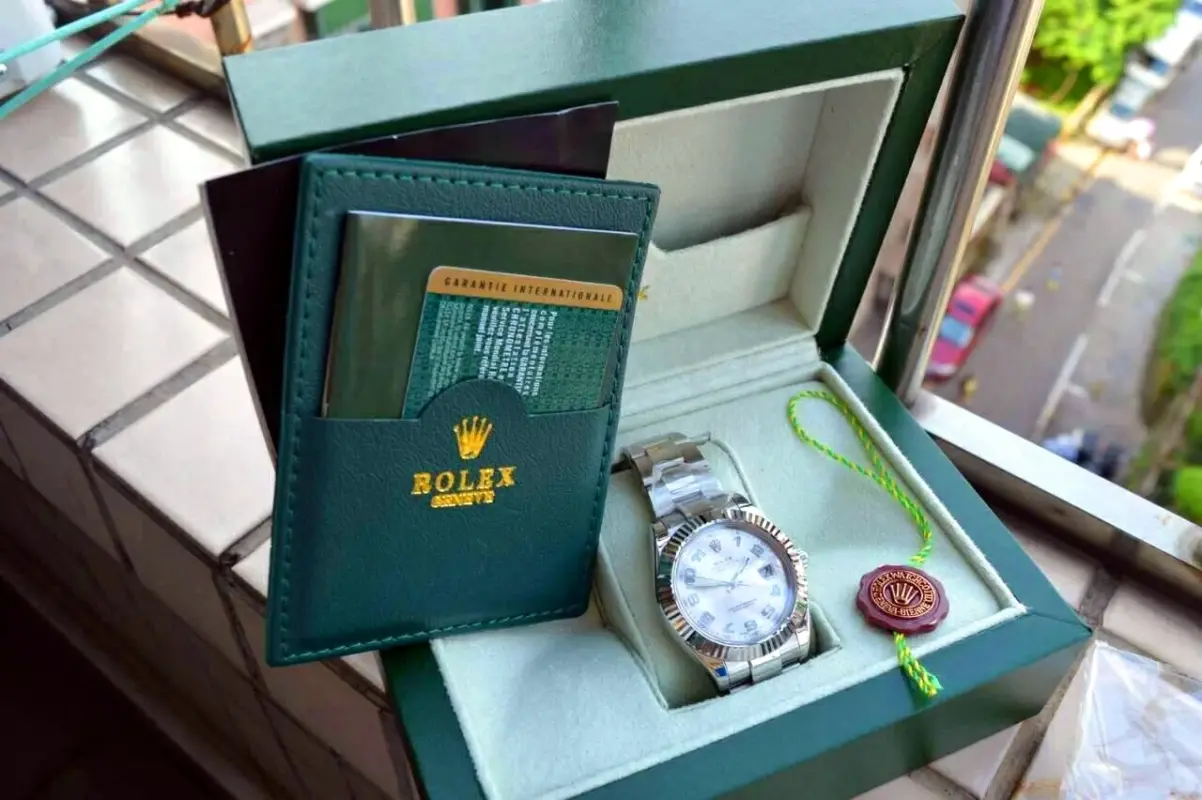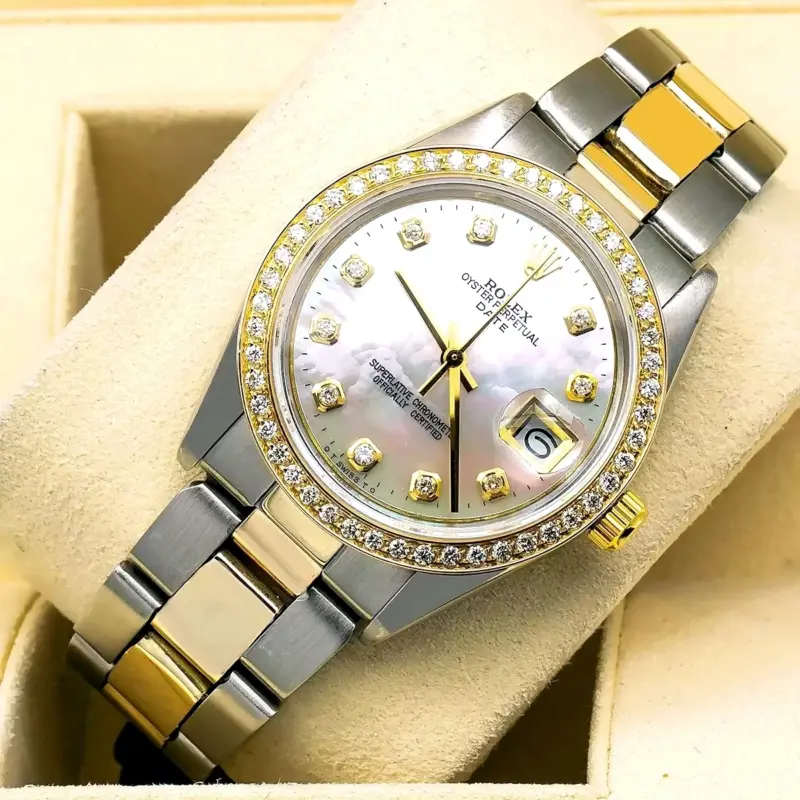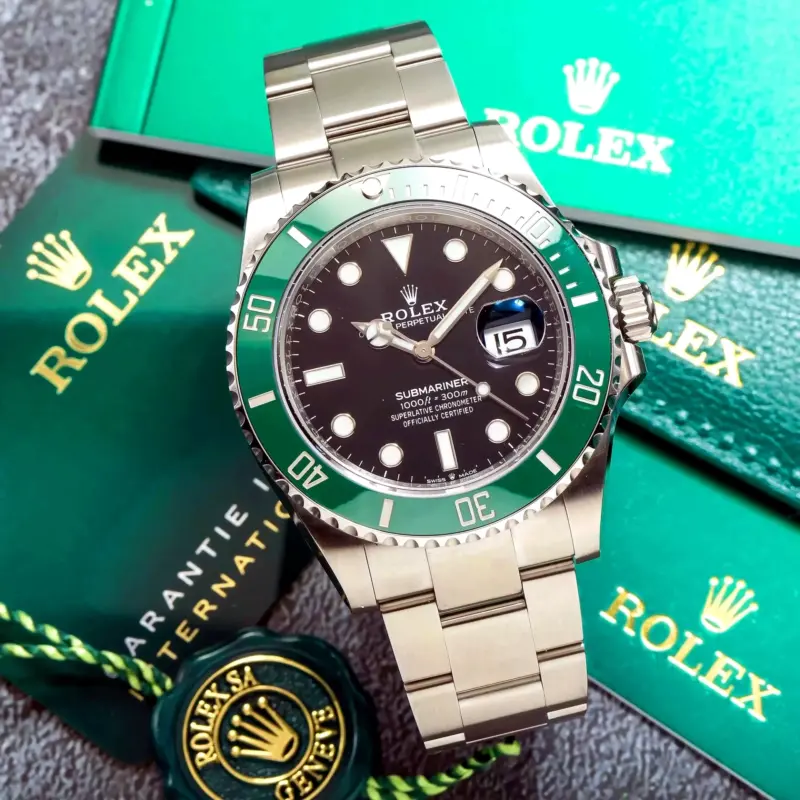watches
What Sets Apart a Replica Watch from an Authentic One, Besides Cost and Brand?
Beyond the obvious differences in cost and brand prestige, several factors set replica watches apart from authentic ones.

Authentic watches are crafted with meticulous attention to detail, adhering to stringent quality control standards. Each component, from the case to the movement, undergoes rigorous testing to ensure precision and durability. High-end brands, such as Breitling and Patek Philippe, are celebrated for their craftsmanship, often using premium materials like sapphire crystal, gold, and high-grade stainless steel.
The movement, or mechanism, is a key differentiator. Authentic watches from prestigious brands often feature in-house movements, which are intricately designed and assembled by skilled horologists. These movements are not only accurate but also engineered for long-term performance.

In contrast, replica watches usually use generic or modified movements, such as those produced by Miyota or Seiko. While these movements can be reliable, they lack the precision, complexity, and exclusivity of the original. Features like chronographs, moon phases, or GMT functions may be less accurate or entirely non-functional in replicas.
Authentic watches often appreciate in value over time, particularly rare or limited-edition models. They also carry a sense of heritage and craftsmanship that resonates with collectors. Replicas, while visually appealing, lack the resale value and emotional significance of their authentic counterparts.

While replica watches may offer a cost-effective way to enjoy luxurious designs, they fall short in terms of materials, functionality, and long-term value. Choosing between a replica and an authentic watch ultimately depends on your priorities – be it budget, aesthetics, or an appreciation for the art of watchmaking.

